Geological Insight On Energy - Background You Should Know

Big Bang, taking place 13.8 billion years ago, marked the birth of our Universe. At the end of the Planck era, the gravitational force split from the GUT force (the combined force that included the strong, weak, and electromagnetic forces). At the end of the GUT era, the GUT force split further into the electroweak force and the strong force, which holds atomic nuclei together. This split began an era of inflation during which the Universe grew at an exponential rate. At the end of the electroweak era, the electromagnetic force separated from the weak force, which is responsible for radioactive decay of atomic nuclei.
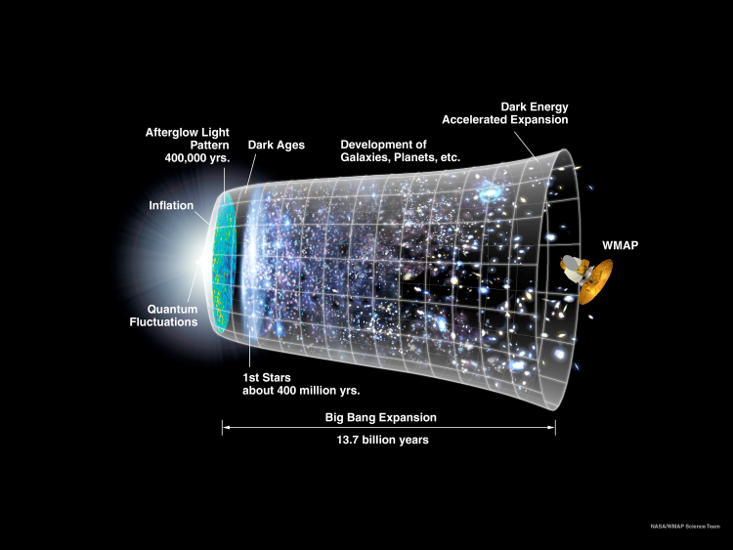
The evolution of Universe is driven by an interplay between matter (the physical stuff that uses atoms as basic units) and energy (a less tangible stuff associated with motion, heat, and 4 fundamental forces of nature). Without energy, the Universe would be a static, unchanging, and lifeless place. We do not have to strictly distinguish between energy and matter because Einstein's theory of relativity suggests that energy and matter are equivalent. Early in the Universe, matter and antimatter would annihilate to produce energy in the form of gamma ray photons, and colliding gamma ray photons could annihilate to produce a matter-antimatter pair of particles. There was a slight imbalance between matter and antimatter, which is why we live in a Universe of matter now.
Energy System At A Glance
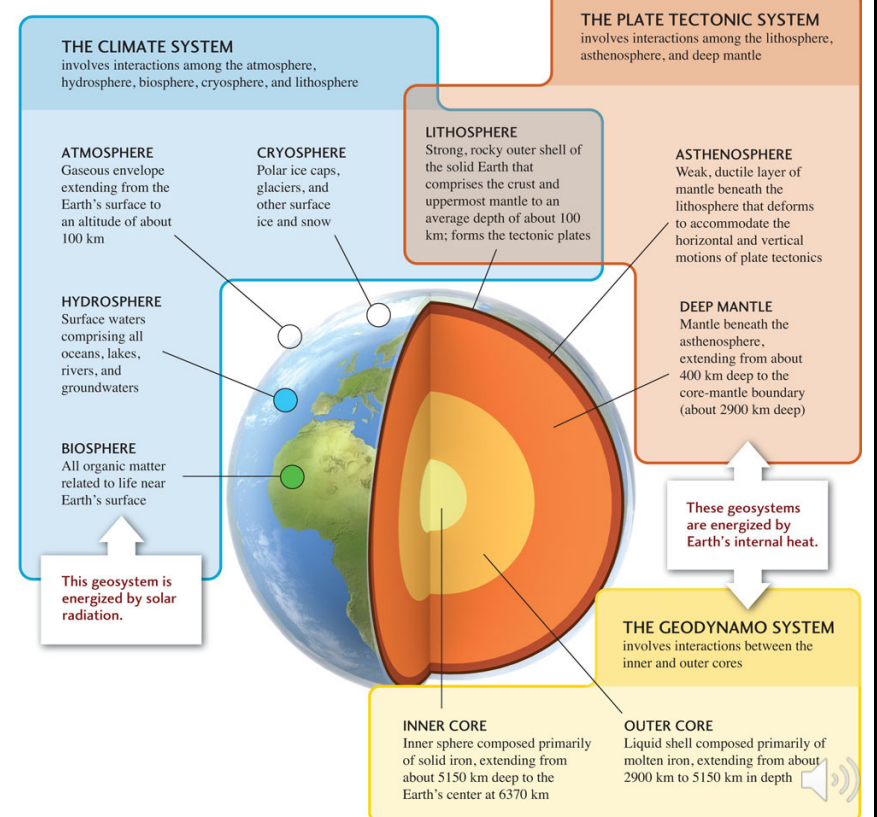
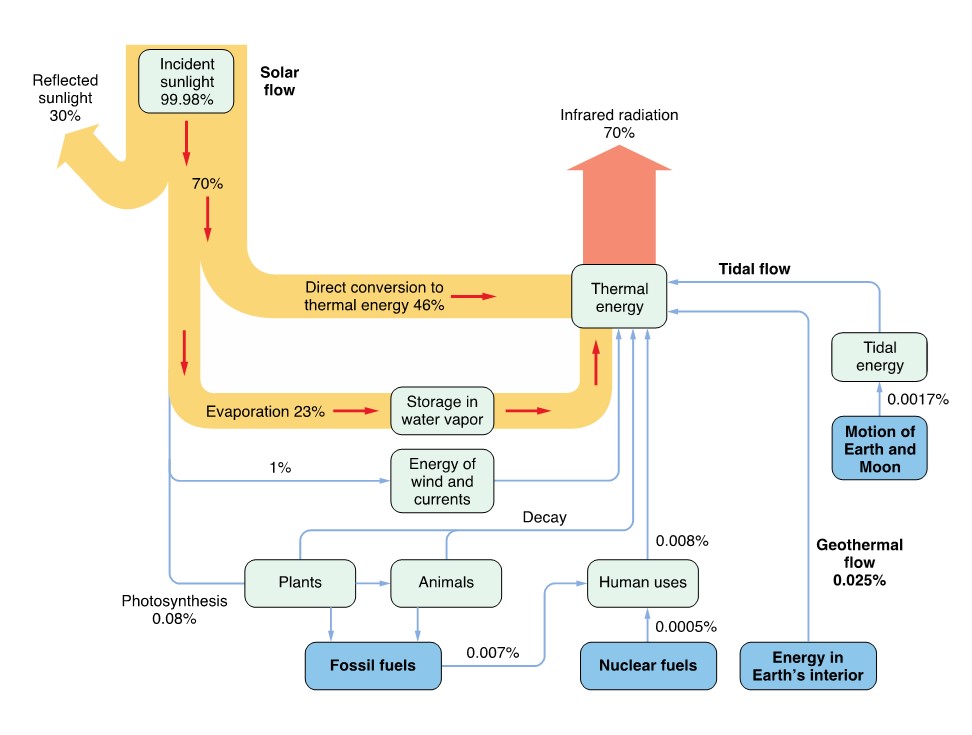
We get most energy from the Sun. A much smaller portion of energy comes from geothermal sources (heating of the Earth from internal radioactive decay in the core).
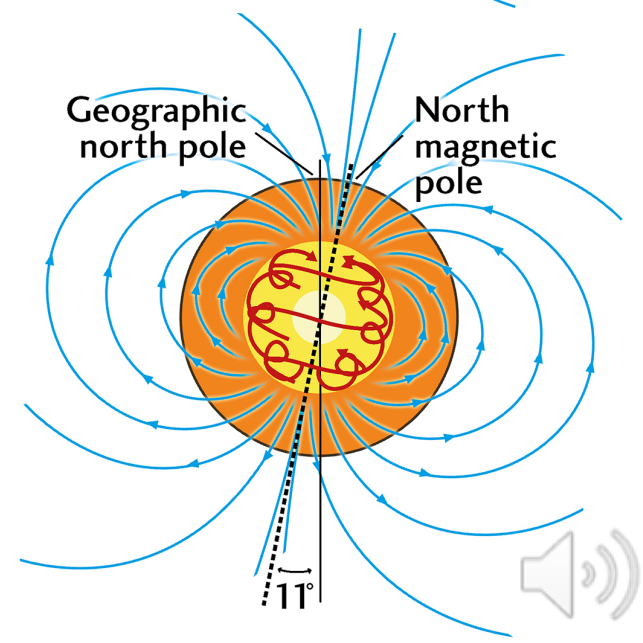
Battery Analogy
Geodynamo system is represented by the rapid motion of the liquid iron outer core. This mechanism, powered by the internal heat, generates electric currents that lead to generate a magnetic field. What should be realized is that the poles of this gigantic magnet can reverse. The magnetic field of Earth deflects solar radiation to protect the atmosphere.
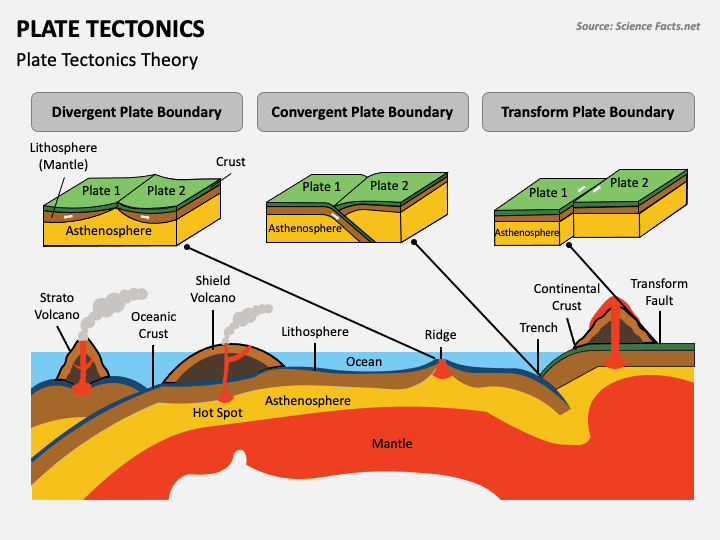
Floating Continent
Plate tectonic system is responsible for various geological wonders, including volcanoes, earthquakes, ridges, and trenches. It is also powered by the internal heat.
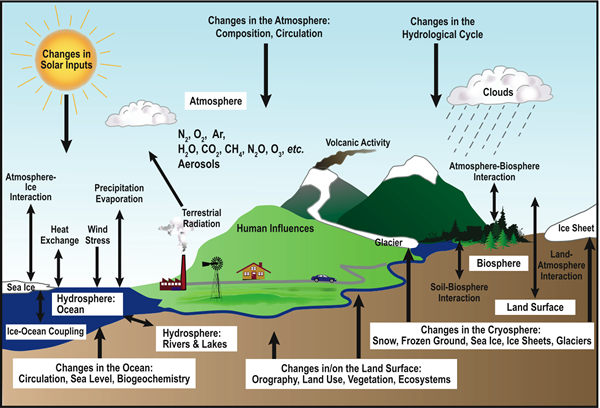
Mood Of Sky
Unlike weather, climate is the long-run reflection (typically 30 years) of atmospheric state. Key indicators include temperature, precipitation, and wind. It is powered by the external heat.